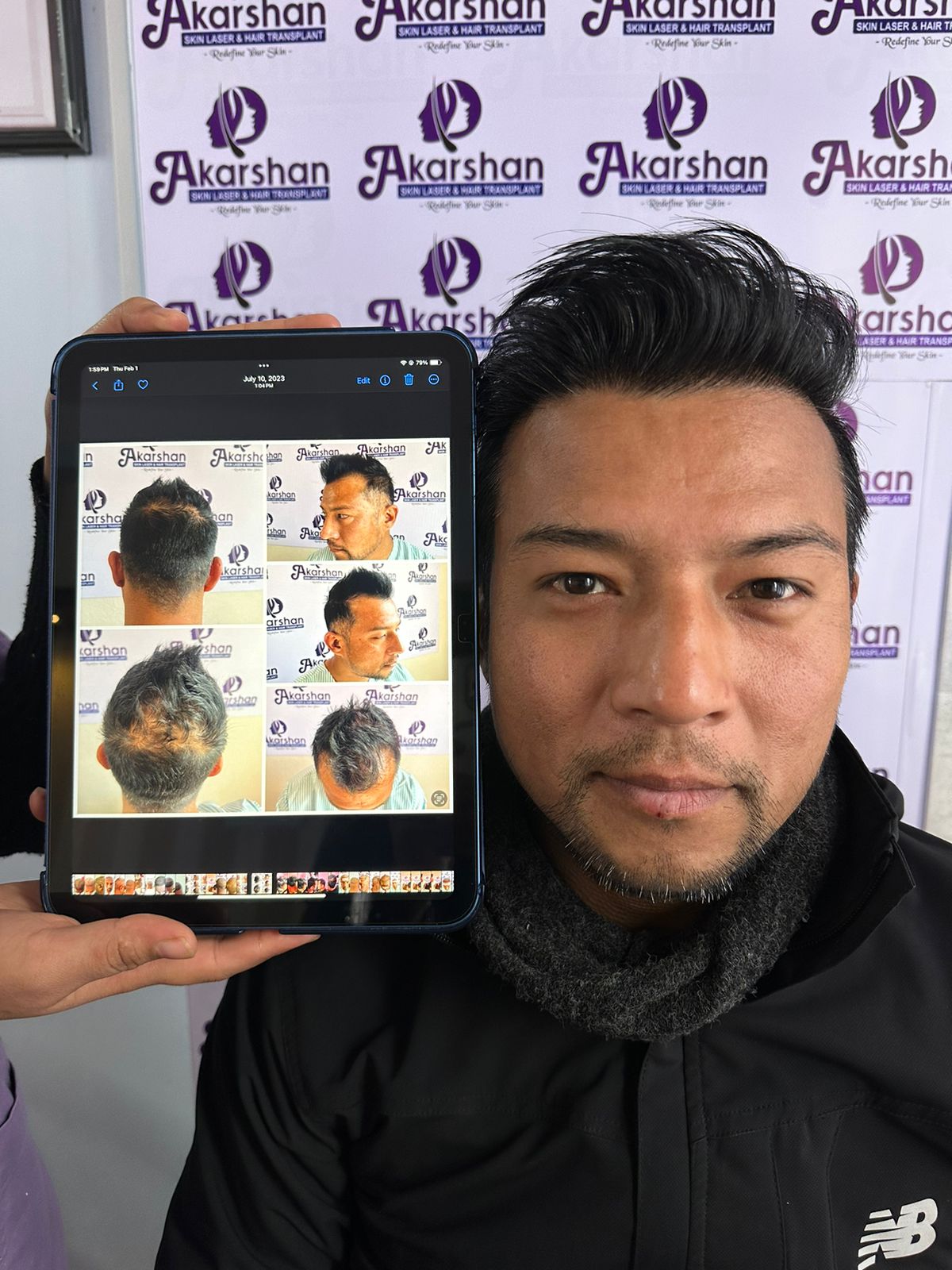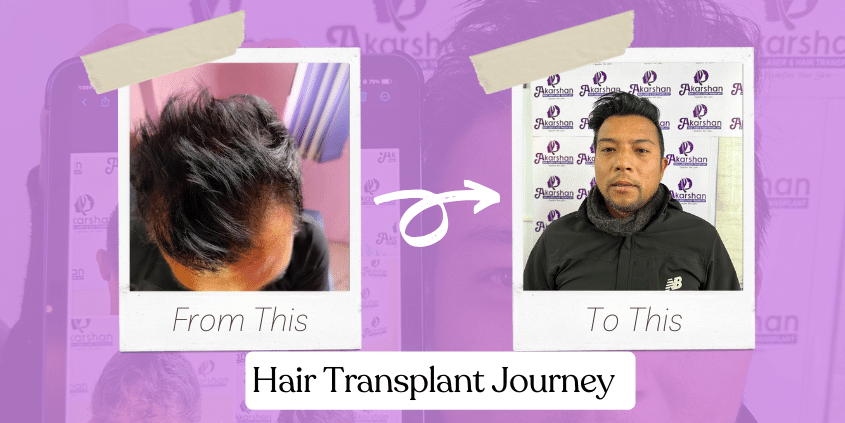Hair transplants have become an increasingly popular solution for individuals seeking to restore a fuller, more natural-looking head of hair. Whether you’ve opted for a surgical hair transplant procedure using your own donor hair or are exploring alternative methods, the true journey begins in the critical days and weeks following your treatment.
Proper care and attention to your newly transplanted hair are essential for ensuring the long-term success and natural integration of your new hairline. In this comprehensive guide, we’ll dive into the essential steps to nurture your transplanted hair through the initial recovery phase and beyond, helping you achieve the transformative results you desire.
A hair transplant can have a life-changing impact, giving people of all genders a full head of natural hair. Whether you opt for using your own hair from the donor area that is at the back of your scalp or even body hair from your beard, the surgery is just the first step in your hair restoration journey.
Proper post-operative care is crucial to ensure the success and longevity of your transplanted hair. In this blog post, we will guide you through the essential steps to nurture your new hairline in the critical first days and weeks following your procedure.

The First 7 Days: Establishing a Care Routine
1. Right after your hair transplant surgery, your surgeon will prescribe antibiotics, painkillers, and antacids. It is important to take these medications as directed to prevent infection and alleviate any discomfort.
2. You will also be provided with a saline spray bottle, which will be your go-to tool during the initial recovery phase. For the first 5 days, gently spray the transplanted area once every 1-2 hours to keep the scalp clean and moisturized.
3. While sleeping, make sure to keep your head elevated using multiple pillows. This helps minimize swelling, which can be a natural side effect of the procedure. Avoid spraying the transplanted area while sleeping. You don’t need to spray at sleep. Rest and good sleep is required to get wound healing faster.
4. On day 3, the dressing in the donor area will be removed, and the nurses will carefully wash the recipient area with saline and a mild baby shampoo. For the first 5 days, use only the foam of the shampoo and wash lightly with your hands. From days 5-6 onwards, you can apply a bit more pressure while washing.
5. Apply simple antiseptic cream at your donor area for 5 to 7 days.
6. By day 10, the scabs should be gone, and the donor area will show significant improvement. However, don’t be alarmed if you notice some shedding of the transplanted hair – this is a normal part of the process.
Managing Swelling and Shedding
Starting around day 3, you may experience mild swelling on your forehead. This is a result of the fluids injected into your scalp during the procedure. To prevent the swelling from spreading towards your eyes, gently massage your forehead. The swelling is temporary and will subside on its own within 3-5 days. Be patient and avoid over-massaging the area, as this could potentially damage the newly transplanted hair follicles.
As for shedding, it is completely normal for transplanted hair to go through this phase. Don’t get discouraged – the hair roots remain intact, and new growth will start emerging within the next 2-3 months.
Ongoing Care and Milestones
1. After the first 7 days, you can switch to using normal filtered water to wash your hair. At the 10 to 15 days mark, you can use normal tap water and soft baby shampoo to take a bath.
2. Make sure you don’t do it directly from spray or tap. Use a mug or soft nozzle to wash the area, which is still healing.
3. As the hair transplant is taking place, protect your scalp from sunburn if you go out in the sun. Use a cap, hat, and umbrella.
4. Ensure that you protect your scalp from direct sun exposure during the recovery period. Use an umbrella, cap, hat, or other sun protection measures to prevent sunburn and potential damage to the transplanted hair.
5. Your clinic will also schedule a PRP (platelet-rich plasma) treatment for you, which can further support the health and growth of your new hair.
Remember, the key to a successful hair transplant is diligent and consistent post-operative care. Follow your surgeon’s instructions closely and don’t hesitate to reach out if you have any questions or concerns along the way. With the right approach, you will be well on your way to a transformed, natural-looking hairline in the months ahead.

Conclusion: Hair Transplant Journey – Caring for Transplanted Hair
Hair transplants offer a life-changing opportunity to regain your confidence and embrace a revitalized, natural-looking head of hair. By diligently following the post-operative care instructions provided by your hair transplant specialist, you can help ensure the successful integration and long-term health of your transplanted hair.
Remember, the journey doesn’t end with your procedure – it’s just the beginning. Stay vigilant with your daily care routine, protect your scalp from the sun, and don’t hesitate to consult your hair transplant specialist if you have any questions or concerns along the way. With the right approach, you’ll be well on your way to unveiling your hair transplant transformation and enjoying the full benefits of your restored hairline.



Leave A Comment